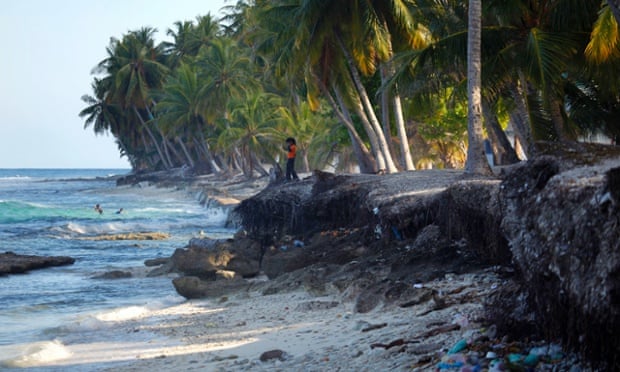HIGHLIGHTS
Rainfall in the Maldives continued to follow an increasing trend in October 2015. Heavy rainfall was observed throughout the country during late October to early November period. Southern islands received extremely heavy rainfall which resulted in floods in many southern atolls. The deficit in rainfall is only seen in northern islands while central and southern islands have received above average rainfall in the past year. Rainfall in the next 3 months shall have an above average tendency in the Northern and Central regions. Temperatures shall be warmer than the seasonal average throughout the country.
---------------------------Inside this Issue------------------------
- Monthly Climatology
- Rainfall Monitoring
- Daily Satellite derived Rainfall Estimates
- Monthly Rainfall derived from Satellite Rainfall Estimate
- Monthly and Seasonal Monitoring
- Ocean Surface Monitoring
- Rainfall Predictions
- Weekly Predictions from NOAA/NCEP
- Seasonal Predictions from IRI

















